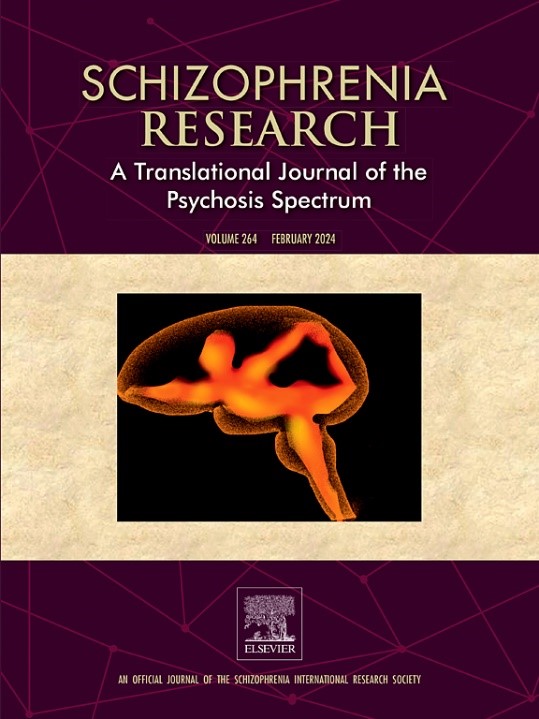Our collaborative work at UMRAM, Departments of Psychology and Electrical and Electronics Engineering of Bilkent University, and Department of Psychiatry of Hacettepe University on NLP-based approaches to understand schizophrenia is now published at Schizophrenia Research!
In this study, we applied multiple natural language processing (NLP) methods for defining linguistic features of Turkish, a non-Indo-European language, in schizophrenia (SZ) to see whether the results of the NLP analyses in Turkish are language-independent or language-dependent. Our findings showed that altered linguistic features in SZ are mostly language-independent. Our results are promising to describe language patterns in schizophrenia and show that NLP measurements may allow for rapid and objective measurements of linguistic features.
Paper: https://authors.elsevier.com/c/1if-S3HQGmiIHq
Paper: https://www.sciencedirect.com/science/article/pii/S0920996424000628
Abstract:
Natural language processing (NLP) provides fast and accurate extraction of features related to the language of schizophrenia. We utilized NLP methods to test the hypothesis that schizophrenia is associated with altered linguistic features in Turkish, a non-Indo-European language, compared to controls. We also explored whether these possible altered linguistic features were language-dependent or -independent. We extracted and compared speech in schizophrenia (SZ, N = 38) and healthy well-matched control (HC, N = 38) participants using NLP. The analysis was conducted in two parts. In the first one, mean sentence length, total completed words, moving average type-token ratio to measure the lexical diversity, and first-person singular pronoun usage were calculated. In the second one, we used parts-of-speech tagging (POS) and Word2Vec in schizophrenia and control. We found that SZ had lower mean sentence length and moving average type-token ratio but higher use of first-person singular pronoun. All these significant results were correlated with the Thought and Language Disorder Scale score. The POS approach demonstrated that SZ used fewer coordinating conjunctions. Our methodology using Word2Vec detected that SZ had higher semantic similarity than HC and K-Means could differentiate between SZ and HC into two distinct groups with high accuracy, 86.84 %. Our findings showed that altered linguistic features in SZ are mostly language-independent. They are promising to describe language patterns in schizophrenia which proposes that NLP measurements may allow for rapid and objective measurements of linguistic features.
